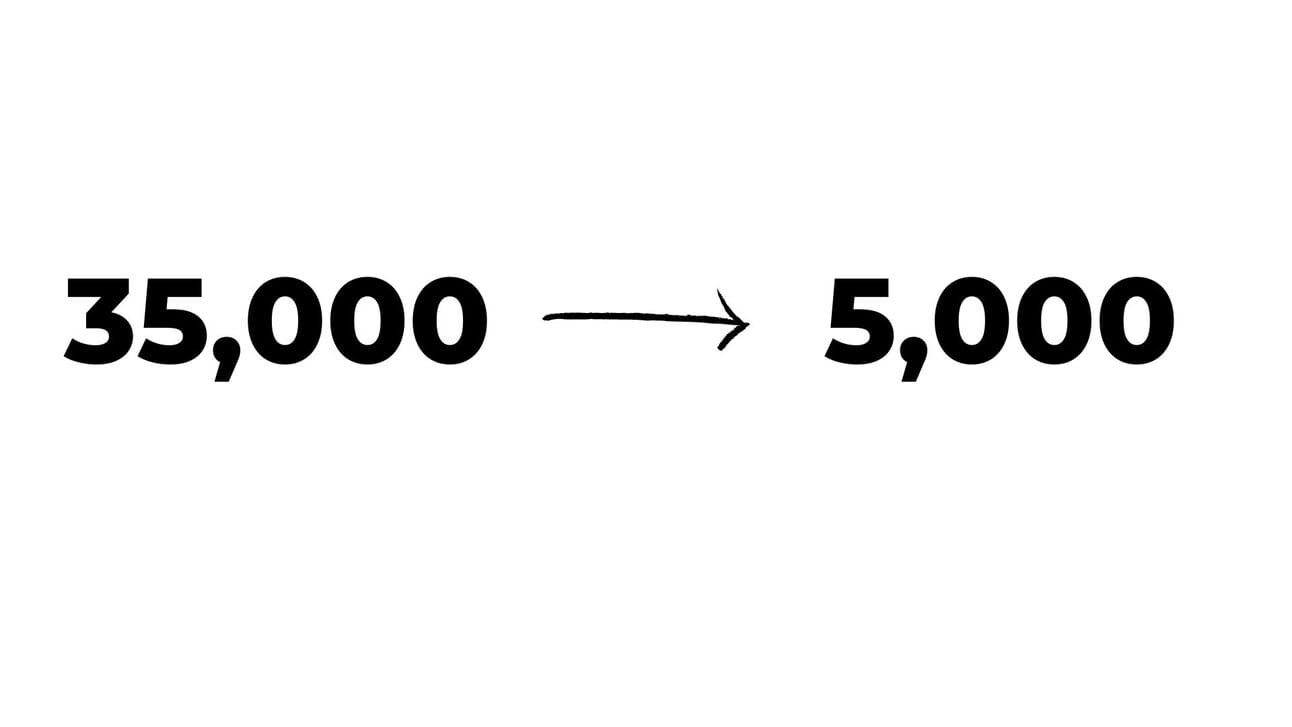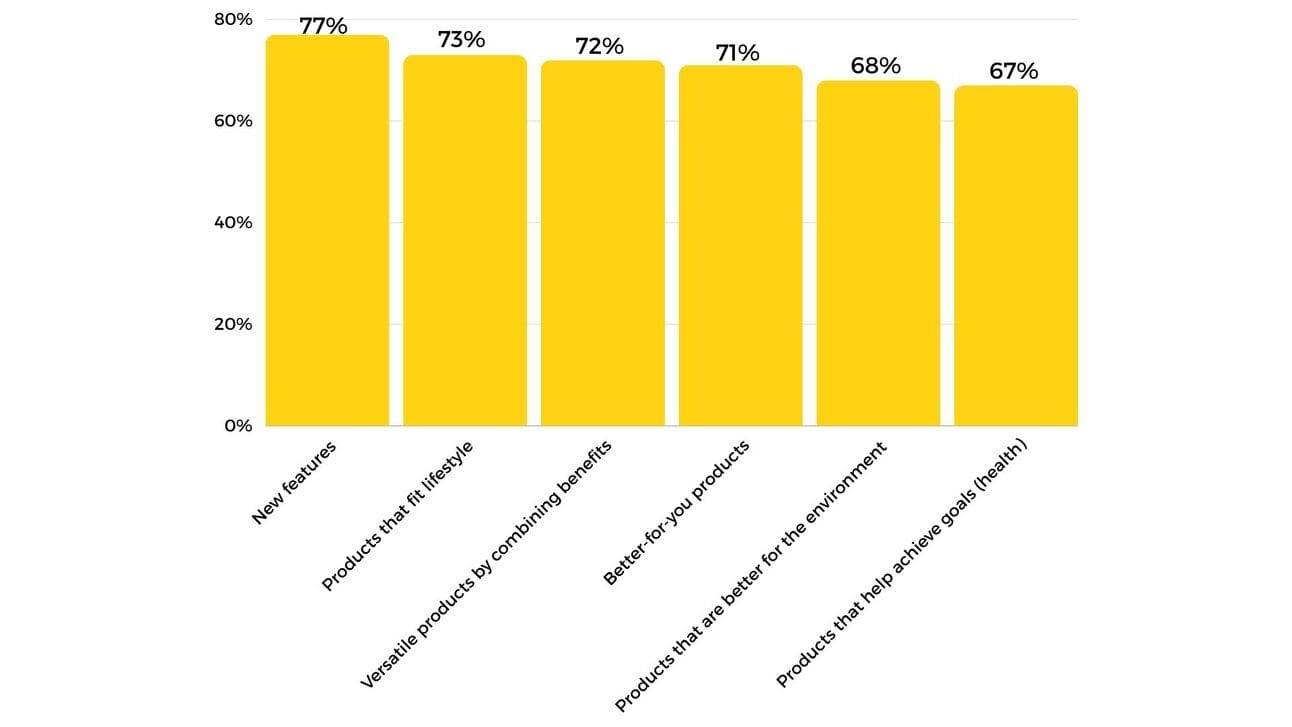Hey, there,
We’re adding a new part to the newsletter!
Say hello to Shallow Dive, a quick read of interesting titbits from the F&B universe that will drop every other week. You can skim through this in less than a ☕break.

So, let’s dive straight in.

That is a decline of over 86% in the number of F&B launches across three years (4 weeks to March 2020 vs March 2023) in the US, according to a recent Forbes article.
If you thought launching a new product was hard, let me assure you it is. It’s become more cut-throat and expensive to be a new food brand out there. Even the big players are having a tough time with new products and are instead focusing on boosting existing brands.
Source: SPINS/Forbes
This isn’t the case in the US alone. Across the six largest markets in Europe, new F&B product launches fell by 16.5%, with France in particular seeing the highest drop of 27.4%, said market research firm Circana. 75% of these launches were from small or mid-sized companies and they accounted for 68% of the total value sales from new launches.
Globally, the number of innovations in F&B fell by 12.7% in 2022.
Why, you ask?
One of the main reasons for this is growing uncertainty in markets around the world, driven by increasing raw material costs, inflation, and general instability (pandemics, wars, and so on).
This has seen companies and retailers focus more on their existing ranges rather than launch brand new products that are often associated with premium prices.
One of the challenges in the US is just that launching a new brand has become crazy expensive. The cost to put new products on supermarket shelves is prohibitive for young brands – and even for established brands. This is because 20 supermarket chains account for over 65% of total sales. They wield a lot of power and so can make the rules and payment terms, and the higher terms makes it unsustainable for emerging brands with limited resources to get their products where consumers will see them.
How to innovate in such an environment
This drop in the number of innovations is not to say there have been no recent successes or that there are no new products being launched. A number of different surveys have shown that consumers want products that add value to them and to their lifestyle, and this has been a major deciding factor in the success of new launches.
The Circana study also looked at what consumers wanted:

Circana also found that consumers are more likely to try new products that are:

But innovation itself needn’t be about something flashy and disruptive. It can be a lot simpler.
Innovation is about giving slight changes to concepts and ideas that people already have adopted and accepted. So when there's a change to it – a new flavor, a new texture, a new combination of things, something that's just slightly different – consumers recognize it, but not completely, and that makes them curious about the product.
Like what you’re reading?
🔊 We want to hear from you! 🔊
Tell us what you thought about today’s topic, if there’s any topic you’d like us to cover, or just drop a line to say ‘hey’!
Just hit “reply” to this email. We read and answer all messages. 💌
That’s all folks
Thanks for reading today’s newsletter.
See you next week for our deep dive into chocolate!
About Us: GourmetPro is a global network of elite food and beverage industry talents. We provide fractional hiring solutions, allowing international managing directors to scale and transform their local resources and teams with high flexibility and expertise in more than 30 countries. Explore our services.
Made with ❤️ by GourmetPro - your network of Food & Beverage experts, on demand.
💖 And if you think someone you know might be interested in this edition of Market Shake, feel free to simply forward this email or click the button below. 💖

